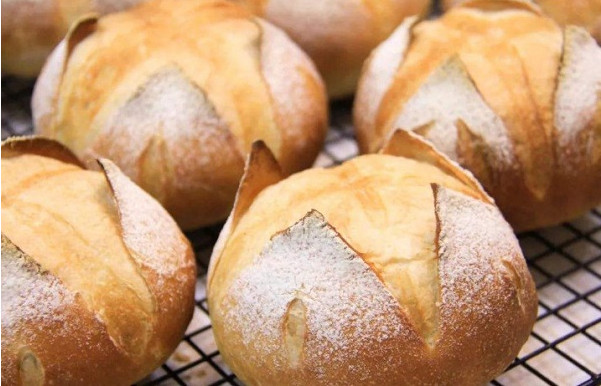Food Grade Raw Material Phosphatidylserine
Time:2024-07-09
The use of phosphatidylserine in bread making helps stabilize and maintain the presence of lipid components in bread. Phosphatidylserine is an excellent emulsifier that can form a stable emulsification system between fats and water. This characteristic is particularly important in bread making, as bread recipes typically contain fats (such as butter, vegetable oil, etc.) and water. Phosphatidylserine can effectively disperse and stably suspend these lipid components in water, forming a uniform emulsion, thereby preventing the aggregation or separation of fats in the dough.
The emulsifying action of phosphatidylserine helps prevent the stratification of lipid components in the dough, ensuring a uniform and consistent texture, which is crucial for the final quality of the bread. It ensures that every part of the bread contains an appropriate amount of lipids, thereby enhancing the bread's taste and flavor.
Phosphatidylserine also has certain moisturizing properties, forming a protective film inside the bread that slows down the evaporation of moisture. This moisturizing effect not only helps extend the shelf life of the bread but also keeps the lipid components moist, preventing them from deteriorating due to dryness.
The addition of phosphatidylserine can improve the texture of the dough, making it softer and more elastic. This improvement not only facilitates the processing and shaping of the dough but also increases the bread's fluffiness and softness, ensuring a more uniform and stable distribution of lipid components within the bread.
In addition to stabilizing lipid components, phosphatidylserine also has other positive effects in bread making:
·Improved Workability: The emulsifying properties of phosphatidylserine make the dough softer and easier to handle, enhancing the workability of bread making.
·Extended Shelf Life: The addition of phosphatidylserine can slow down the staling of the dough, helping to produce bread with better texture and a longer shelf life.
·Enhanced Flavor: The addition of phosphatidylserine can improve the taste and flavor of bread, making it softer and more layered.
When using phosphatidylserine in bread making, it is recommended to experiment and adjust according to the specific recipe requirements and flavor goals. It is essential to follow relevant food regulations and safety standards, and reasonably control the amount added to ensure the safety and quality of the bread.
The use of phosphatidylserine in bread making indeed helps stabilize and maintain the presence of lipid components in bread. Its emulsifying and moisturizing properties positively impact the texture, taste, and shelf life of bread.


 CN
CN





